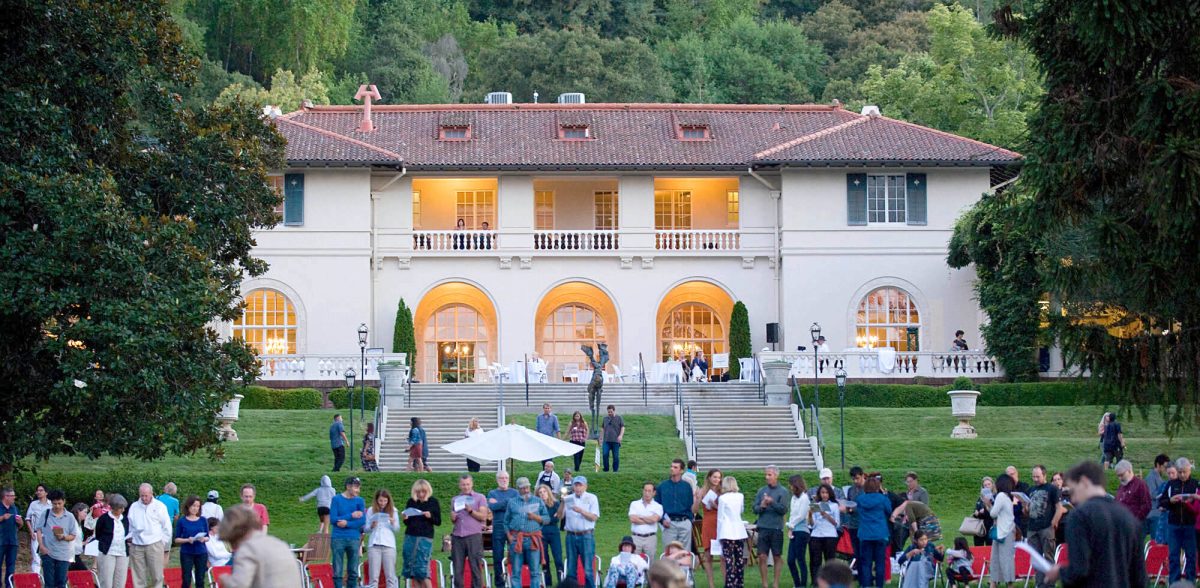Sir Paul McCartney did not write “Let It Be” or “Hey Jude,” nor did he go on to have five children or form the band “Wings.” A look-alike did all of that for him.
Or so some conspiracy-crazed Beatles fans think.
The “Paul is dead” hoax is an age-old theory claiming Paul McCartney actually died in November 1966 and was secretly replaced by a look-alike named Billy Shears.
The gist of the story is that after an argument during a Beatles recording session on Nov. 9, 1966, McCartney sped off in his car only to crash his vehicle, decapitating himself in the process. The UK security service MI5 then advised the band to find and hire a replacement to avoid the inevitable hysteria that would follow if news of his death got out.
However, at 77 years old today, McCartney is very much alive. So what made thousands of people worldwide actually believe this conspiracy?
Though it sounds insane, for two months in the fall of 1969, as the Beatles released their last album “Abbey Road,” college students across the United States were obsessed with discovering hidden messages in Beatles album covers and song lyrics that pointed toward the death of McCartney, for which rumors had been circulating years prior. Even Primetime News covered it.
The reality is that on Jan. 7, 1967, McCartney’s car crashed, and consequently, a few newspapers reported he had died. However, it was McCartney’s friend who crashed the car, nobody was injured and McCartney was not even inside.
The Beatles found these 1967 reports so outrageous that they decided to make fun of them in their songs, the same lyrics that conspiracy theorists pointed to as evidence of McCartney’s death.
These hardcore theorists need look no further than the Beatles’ May 1967 album “Sgt. Pepper’s Lonely Hearts Club Band.”
The album cover itself fueled the “Paul is dead” theory with the Beatles creating alter egos after announcing their retirement from live performance.
A character named Billy Shears was created for Ringo Starr, the band’s drummer, and as it was the only named new persona in the album, future conspiracy theorists believed it to be the name of McCartney’s replacement.
In the album’s final song “A Day in the Life,” fellow band member John Lennon sings, “He blew his mind out in a car,” which theorists believe is a reference to McCartney’s decapitation during the 1966 car accident but is actually referencing the death of Guinness heir Tara Browne, a friend of the Beatles.
In the last line of “Strawberry Fields Forever,” Lennon nonsensically murmurs “cranberry sauce.” Such out-of-the-blue phrases are characteristic of Lennon, who did not like to be taken too seriously; however, many believers argue that the line in fact says “I buried Paul.”
Theorists had gone so far as to play songs backwards in order to find clues. Apparently when the Beatles’ “Revolution 9” is played backwards, John Lennon can be heard repeating “Turn me on, dead man,” which again many think speaks specifically of McCartney.
McCartney’s reaction to the theories has been mixed over the years, sometimes joking about it and other times understandably getting annoyed.
Nevertheless, when asked about the rumors as they first attracted global attention, McCartney told Life Magazine, “Perhaps the rumor started because I haven't been much in the press lately. I was switched on for ten years and I never switched off. Now I am switching off whenever I can.”
Sources: Time and Life Magazine























